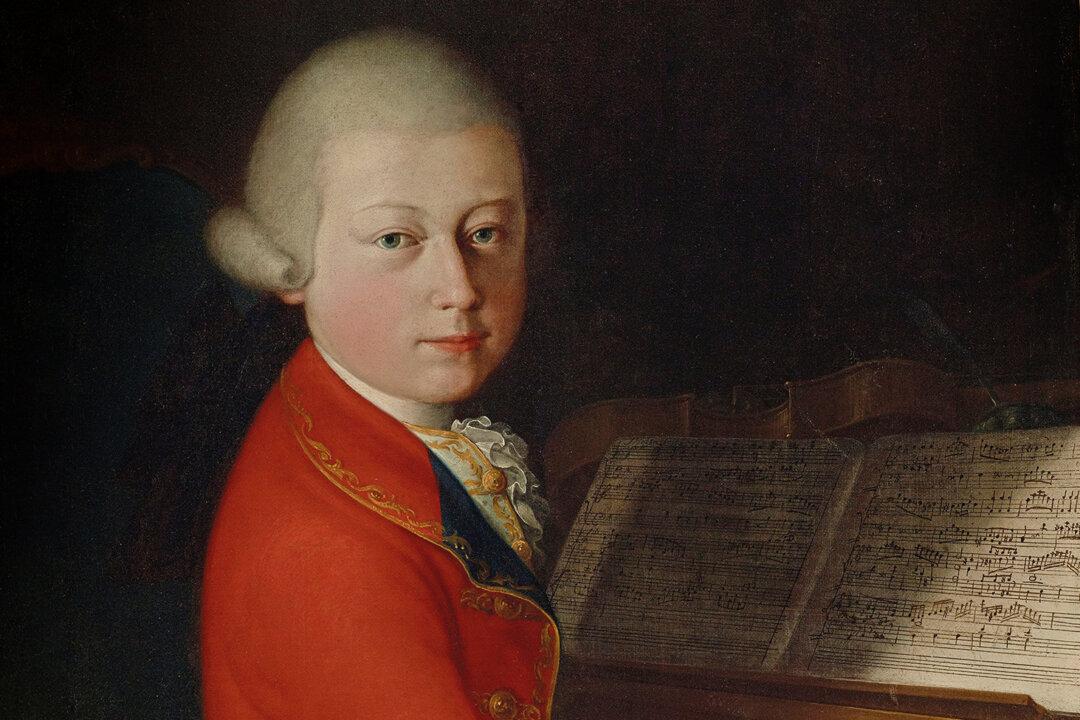Which orchestras are the world’s greatest? Many people have come up with “definitive” lists. This seems to be a somewhat subjective category, though. How do you define “best?”
The Royal Danish Orchestra

The Royal Danish Orchestra is, by the standard of sheer longevity, the oldest orchestra in the world. Founded in 1448, it has been in existence for almost 600 years. But when one examines its origins, the definition of “orchestra” becomes a bit vague. It actually began as a corps of trumpeters and one kettledrum player during the reign of King Christian I.
The Gewandhaus Orchestra
According to the Guinness World Records, the world’s oldest orchestra is Leipzig’s Gewandhaus Orchestra. It was established in 1743, almost 300 years ago, which was also almost three centuries after the one founded in Denmark. By comparison, this seems relatively young.Why the discrepancy? Well, the Royal Danish Orchestra was technically a “musical ensemble” when it was founded. The modern symphony did not yet exist. The Gewandhaus Orchestra was the first to have four sections of brass, percussion, woodwind, and string instruments.
Like many of the orchestras on this list, it began as a private gathering, playing to an audience of wealthy people. But these “Grosse Musicalische Concerte,” as the concerts were originally known by, so increased in popularity that the orchestra started playing in a local inn called the “Three Swans,” remaining there for more than three decades. One of the frequent performers with this group during these early tavern performances was Wilhelm Friedemann Bach, eldest son of Johann Sebastian.
The Weimar Staatskapelle
Weimar’s Staatskapelle ("State Chapel'), founded in 1491, is almost as old as the Royal Danish Orchestra. It was created by Elector Friedrich III of Saxony, known as “the Wise” for his role in protecting Martin Luther during the early days of the Reformation. As the Staatskapelle’s name suggests, the group originally gathered in a chapel and, like the Royal Danish Orchestra, was a small musical ensemble. It has a checkered history, being dissolved several times before attaining its modern formation.Like the Gewandhaus Orchestra, this one is also associated with a member of the Bach family—this time, the great Johann Sebastian himself. Johann served as Weimar’s organist and concertmaster from 1708 to 1717.
The New York Philharmonic
The 19th century is when orchestras started to proliferate in the world’s great cities. This makes sense, since this is also the time when symphonies consolidated into the form we recognize today.The New York Philharmonic is considerably younger than the other orchestras we’ve encountered so far, but has the distinction of being the oldest orchestra in the United States.
For its first concert in 1842, the orchestra performed Beethoven’s Fifth Symphony. During the early days, the concert members also served as ushers. Wearing white gloves, they greeted concertgoers and directed them to benches using white, wooden wands.

The Royal Liverpool Philharmonic Orchestra
Technically, England’s oldest orchestra was the Royal Philharmonic Society, based in London. “Was” is the key word here, because that organization formed in 1813 was disbanded in 1932.The honor of having the oldest British orchestra in continuous existence now goes to Liverpool. The Royal Liverpool Philharmonic Orchestra boasts a long tradition of excellence. It was established in 1840, only two years before the New York Philharmonic.
The Dresden Staatskapelle

The Dresden Staatskapelle is another very old orchestra. This one was founded in 1548, exactly one hundred years after the Royal Danish Orchestra. After the Weimar Staatskapelle, it is the third-oldest musical ensemble on this list.
Like the Weimar Staatskapelle, the Dresden one was created by another elector of Saxony, Elector Moritz. And as with the Royal Danish Orchestra, the composer Schütz was also associated with this one. The common connections among these early musical groups seem less coincidental when one considers how the top musicians of their day were all vying to work for them and how few have survived down to our own time.
Berlin Philharmonic
This is the “youngest old orchestra” on this list. The Berlin Philharmonic began in 1882. As the story goes, the members of another musical ensemble directed by Benjamin Bilse did not like the new contracts they were receiving. Fifty members split away and began referring to themselves as “The Former Bilse’s Ensemble.”Bergen Philharmonic
No, it’s not in Ber-lin. It’s in Ber-gen. Where is that? In Norway!
Norway’s greatest composer Edward Grieg is from Bergen. Is it a coincidence that the Bergen Philharmonic, founded in 1765, is the oldest Norwegian orchestra? Not at all. Like the others on this list, top orchestras are all associated with top composers, and Grieg had close ties with the Bergen Philharmonic.
With its near-contemporary the Gewandhaus Orchestra, Bergen falls in-between the “really old” musical ensembles of Denmark, Dresden, and Weimar, and the “relatively youthful” old orchestras of Berlin, New York, and Liverpool. But, though age is apparently in the eye of the beholder when it comes to symphonies, these groups all deserve our admiration.








